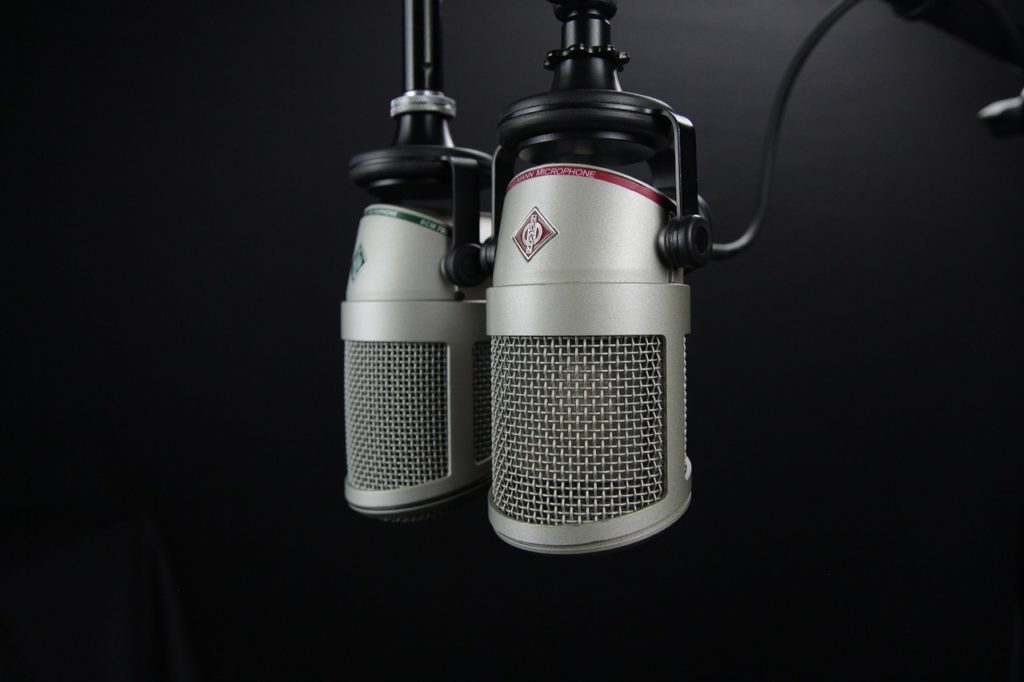 Many radio morning shows offer a podcast where they give their listeners “more show.” For example, Johnny and Jenny Fever on WKRP may finish their show at 10am, immediately roll into the production studio and record an extra hour of material that was prepped but didn’t get used on the air, and make it available for download on demand. This can be a great way for radio personalities to superserve their die-hard fans. However, it’s important to understand strengths and limitations of this type of podcast.
Many radio morning shows offer a podcast where they give their listeners “more show.” For example, Johnny and Jenny Fever on WKRP may finish their show at 10am, immediately roll into the production studio and record an extra hour of material that was prepped but didn’t get used on the air, and make it available for download on demand. This can be a great way for radio personalities to superserve their die-hard fans. However, it’s important to understand strengths and limitations of this type of podcast.
At its core, a “more morning show” podcast is a play to engage with P1s — your most passionate fans. However, it’s not an effective way to grow your cume by attracting new listeners. In other words, it deepens relationships with existing fans but doesn’t create new ones. To understand why, we need to examine a key difference between podcasts and radio stations.
When it comes to discovering both radio stations and podcasts, word of mouth is a huge factor. But that’s where the similarities end. When people seek out radio stations, they have a limited number of options to choose from. Car radios have “scan” buttons which allow a driver to quickly survey every station on the dial to find one that they like, based on the music it plays or the morning show personalities. The particularly stories that these personalities choose to tell are less important than the personalities themselves.
Podcasts are a different story. There are over 700,000 podcasts out there (though only a small percentage of them are active), so it’s not possible for people to scan them all to see which ones they like. When it comes to podcasts, people search, they don’t scan. In this sense, it’s helpful to think of Apple Podcasts or Spotify as search engines. People often look for podcasts by topics, not personalities. For example, they might go in search of a podcast about Game of Thrones, NASCAR, or yoga. If they like the personalities discussing that topic, they will come back for more episodes. In other words, with radio, the personalities are usually a primary factor in choosing a station and the topics are of secondary importance; when discovering new podcasts, the topic is usually of primary importance, and the personalities are a secondary factor.
The exceptions to this rule are the big-name personalities that audiences already know from another medium. Yes, people will search in Apple Podcasts for your morning show by the name of the on-air personalities or the station’s call letters — but only if they are already fans of your station. This does nothing to grow your cume.
On the other hand, if your morning show launches a podcast around a niche topic, it could attract new fans. For example, if a morning show in Orlando produces a podcast about the city’s major league soccer team, soccer fans who are unfamiliar with the radio station may discover it by way of the podcast. By focusing on specific local topics, a radio station has a better chance of building its cume through podcasts.
Of course, one strategy isn’t inherently better than the other. Some radio stations need to focus on attracting new listeners, while others would be better served by focusing on their core fans. Which path your station chooses should depend upon your goals. To do that successfully, you’ll want to understand which tool is the right one for the job.
- A Simple Digital Treat to Thank Your Radio Listeners This Thanksgiving - November 13, 2023
- Interview Questions When Hiring Your Radio Station’s Next Digital Marketing Manager - November 6, 2023
- A Radio Conversation with ChatGPT: Part 2 – Promotions - October 30, 2023





Leave a Reply